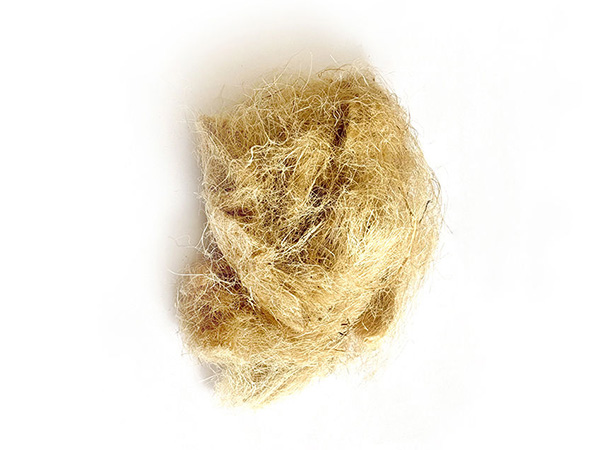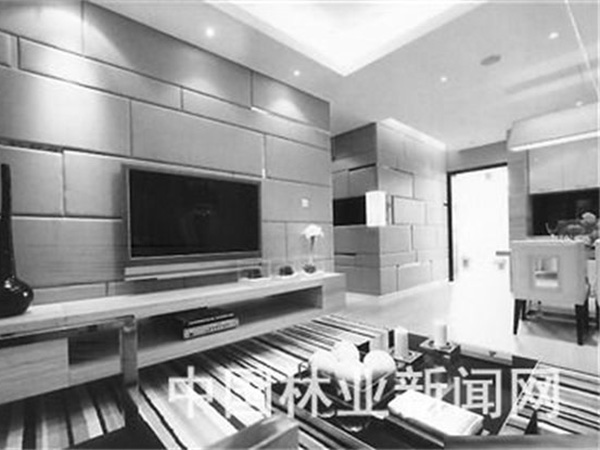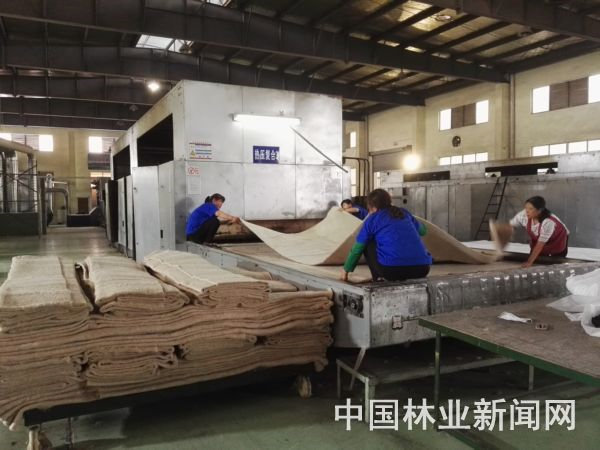Study on Mechanical Properties of Hemp Fiber Reinforced Polypropylene Composites for Automobile Interior
In view of the future development needs of energy-saving, lightweight, safe and recyclable automobiles and the problems existing in current automobile interior materials, an injection molding process that can be processed continuously, has large production batches and can avoid waste of scraps is used to prepare an automobile interior material system of ramie and sisal reinforced polypropylene composite materials that meet the requirements of lightweight, environmental protection and recyclability.
This paper deeply studies the effects of different fiber lengths, different fiber contents and different concentrations of NaOH solution treatment on the mechanical properties of the two composites, such as tensile strength, flexural strength, compressive strength and impact toughness, and adds polyethylene toughening agent to toughen the composites. The mechanism of action of hemp fiber on the mechanical properties of composites is discussed through the analysis of tensile stress-strain curves, flexural strength-deflection curves, compressive strength-deflection curves, impact toughness curves and the microstructure of the composite cross section.
The study on ramie fiber reinforced polypropylene composite material system shows that: various strength indicators show an upward trend with the increase of fiber length, while impact toughness and elongation show a downward trend. When the length of ramie fiber is about 10mm, various strength indicators reach ; various strength indicators show an upward trend with the increase of fiber mass fraction (content), while impact toughness and elongation show a downward trend. When the mass fraction (content) of ramie fiber reaches about 20[%], various strength indicators reach ; ramie fiber is treated with different concentrations of sodium hydroxide solution to improve the bonding ability between fiber surface and polypropylene matrix. When the solution concentration is about 15[%], the mechanical properties of the composite material are ; adding different contents of polyethylene to ramie fiber reinforced polypropylene with a fiber content of 20[%] can greatly increase the toughness of the composite material. The test shows that the tensile strength of ramie fiber reinforced polypropylene composite material reaches 38.1MPa, the flexural strength reaches 51.2MPa, the compressive strength reaches 53.6MPa, and the impact toughness reaches 3.66 KJ/m2, which is more than 50% higher than the tensile strength of ordinary automotive polypropylene, and more than 28% higher than the flexural strength. Research on sisal fiber reinforced polypropylene composite material system shows that: various strength indicators show an upward trend with the growth of fiber, while impact toughness and elongation show a downward trend. When the length of sisal fiber is about 8mm, various strength indicators reach; various strength indicators show an upward trend with the increase of fiber mass fraction (content), while impact toughness and elongation show a downward trend. When the mass fraction (content) of sisal fiber reaches about 20[%], various strength indicators reach; sisal fiber is treated with sodium hydroxide solution of different concentrations to improve the bonding ability between fiber surface and polypropylene matrix. When the solution concentration is about 15[%], the mechanical properties of the composite material are. The test results show that the tensile strength of sisal fiber reinforced polypropylene composite material reaches 34MPa, the flexural strength reaches 49.9MPa, the compressive strength reaches 49.2MPa, and the impact toughness reaches 3.8KJ/m2, which is more than 36[%] higher than the tensile strength of ordinary automotive polypropylene, and more than 24[%] higher than the flexural strength. The mechanical properties of the two composite materials developed in this paper not only meet the use requirements of existing interior materials, but also have higher strength than the existing automotive interior material index system. They are expected to replace glass fiber, aramid and other chemical fibers that are dense, non-degradable and non-recyclable, and easy to cause environmental pollution, and be used in automotive interiors. On the other hand, the ratio of hemp fiber and polypropylene sought in this paper can provide a reference for the large-scale production and application of this green and environmentally friendly material in the future.
 Eng
Eng  简体中文
简体中文  العربيّة
العربيّة 

